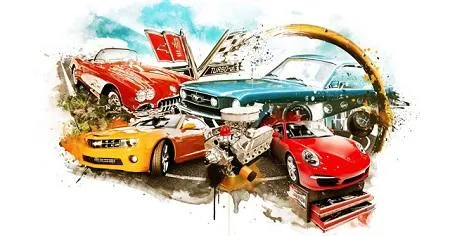
About Us
AutomotiveVideos.net is dedicated to finding the latest videos from the automotive industry. We focus on new vehicles, new products, industry events and trending videos. Our team works and lives in the automotive industry. While attending shows, races, and industry functions, we hope to build a loyal following of fans looking for the latest news from the world of automotive vehicles.
Category
Features
Events
New Products
New Vehicles
Uncategorized
Popular Trends
Find Us On
Copyright Automotive Video. All Rights Reserved
